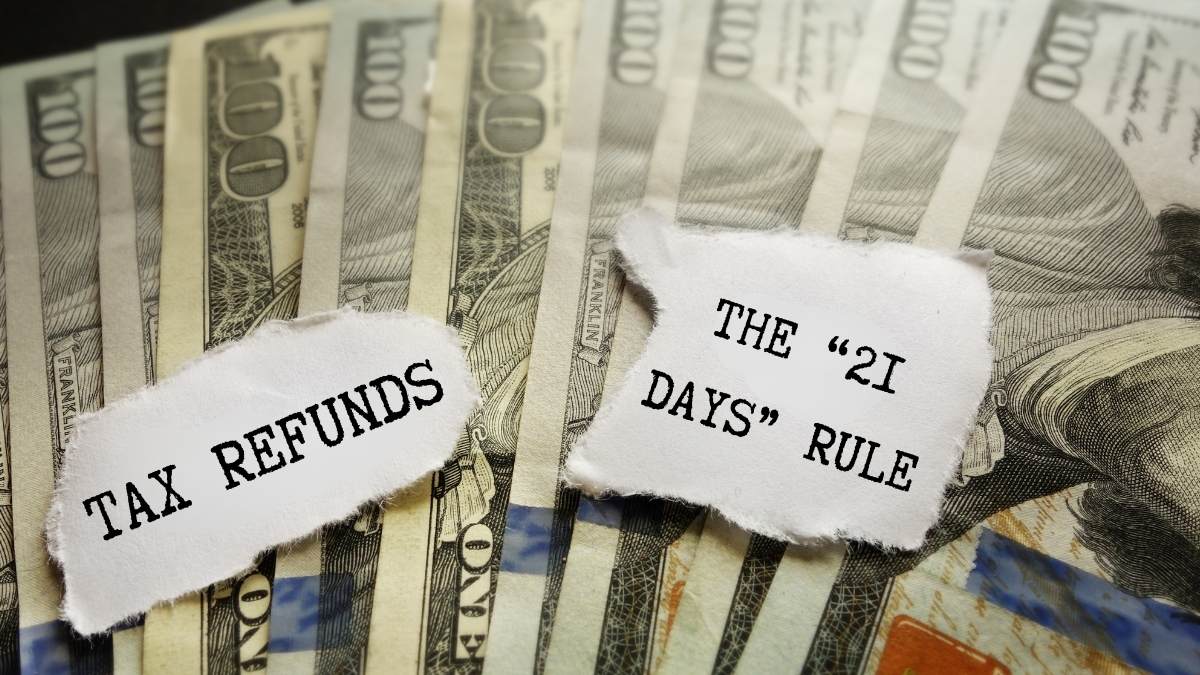Thousands of taxpayers are looking to accelerate the receipt of their refunds in the current tax season. The Internal Revenue Service (IRS) reiterates that the “Where’s my refund?” tool, available on IRS.gov, allows you to verify the status of returns. This digital resource offers updates in less than 24 hours for those who file electronically, compared to four weeks for those who use physical format.
To access the platform, users must enter their Social Security number or ITIN, declared marital status, and exact refund amount. The system is updated daily and is compatible with mobile devices through the IRS2Go app, which also facilitates payments and free advice. According to the IRS, 90% of refunds are processed in less than 21 days if you opt for direct deposit.
IRS Warns: Delays Beyond 21 Days? “Contact Us Immediately”
Those who do not have bank accounts can use the National Credit Union Locator Tool to open one. The agency warns that, in the event of delays of more than 21 days in electronic returns or six weeks in physical returns, taxpayers should contact the IRS by telephone or at assistance centers.
The IRS grants automatic extensions to taxpayers in areas declared in emergency by FEMA during 2024. Residents in Alabama, Florida, Georgia, North Carolina, South Carolina and specific counties in Alaska, New Mexico, Tennessee, and Virginia have until May 1, 2025 to file. Cases such as Los Angeles County (California) and Kentucky extend deadlines until October or November 2025.
IRS Extends Deadlines for Gaza, West Bank, and Israel-located American Taxpayers
“This benefit applies without the need for an application for those who reside in designated areas,” says the IRS statement. It also includes Americans in Israel, Gaza, and the West Bank, with an extension until September 30, 2025 for tax obligations in effect since October 2023. The full list of eligible areas is published on the disaster tax relief portal.
Taxpayers outside affected areas can request extensions electronically before April 15, but must pay taxes owed before that date. Those who already have an automatic extension (until May 1) can request an additional extension until October 2025 using Form 4868, sent by mail. In both cases, debt payment maintains its original deadline to avoid fines.
The IRS emphasizes that extensions only defer filing of returns, not payment. Failure to comply with the latter generates cumulative interest and penalties. “Communication by postal mail is the official method to request additional information,” the agency adds.
As tax season draws to a close, the IRS remembers to review key filing guidelines, including refundable credits and required documentation. Common errors, such as numerical omissions or incorrect bank information, delay processes. The agency also suggests checking updates on average refund amounts, which this year reach $3,221 according to preliminary estimates.
Finally, they recommend avoiding unauthorized preparation services and opting for free tools such as IRS Free File for returns with income under $79,000 annually. Identity verification through ID.me and subscription to electronic alerts complete the measures for a secure and efficient process.




